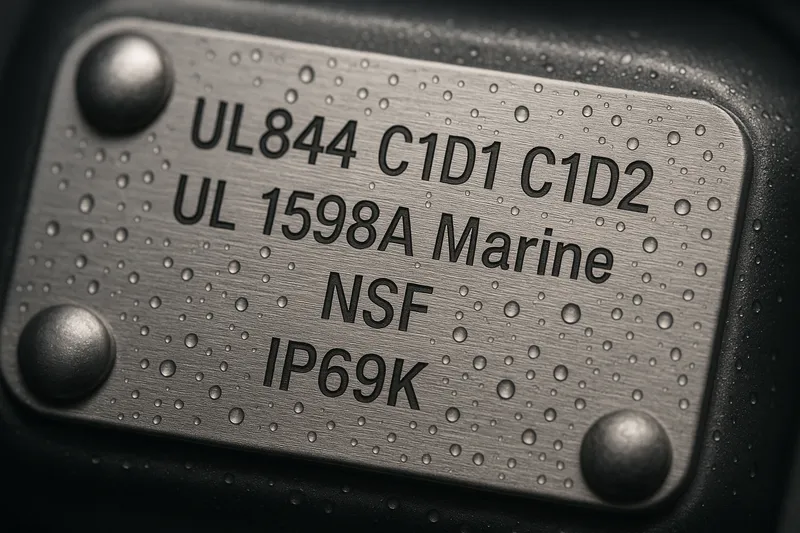Project case studies, explosion proof, marine, food processing, vapor tight lighting
Explore real industrial LED upgrades across Class I Division 1 and Division 2 hazardous locations, marine decks and passages, NSF food processing spaces, and sealed vapor tight environments. Each case shows measured results, compliant specs, and why the fixtures fit the task, UL844, UL 1598A, NSF. Browse photos and concise summaries, then request a fast photometric layout, itemized quote, and code minded guidance, available nationwide with quick shipping.
All industrial LED project case studies
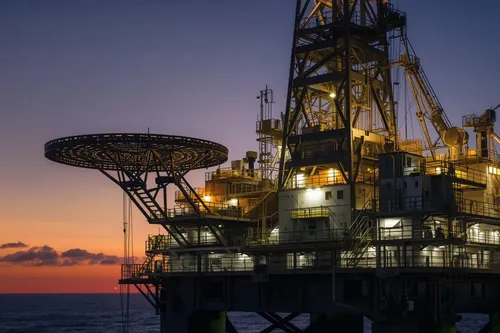
IR3 LED C1D2 land rig lighting, West Texas
Hazardous rated linears improved platform visibility and maintenance.
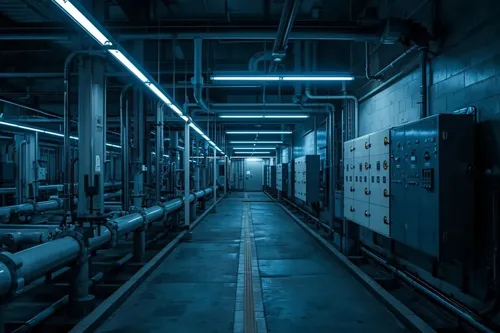
IR3 LED C1D2 pump station lighting, West Virginia
Corridor linears brightened panels and valves with reliable uptime.
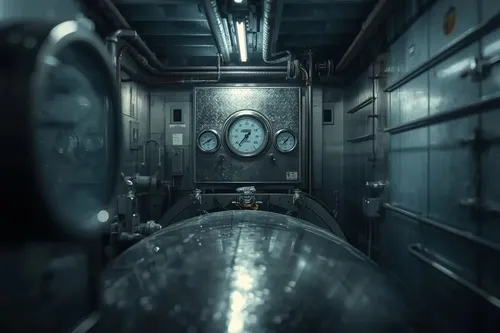
EXA LED C1D2 scrubber room flood lighting, West Texas
Low glare floods targeted gauges, panels, and walk paths for safer service.
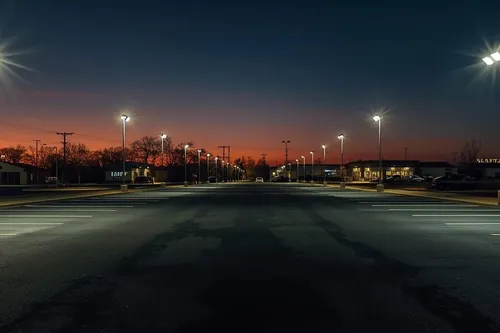
LS ESBV shoebox LED parking lot, Dallas Texas
Type III and V optics delivered even coverage and energy savings.
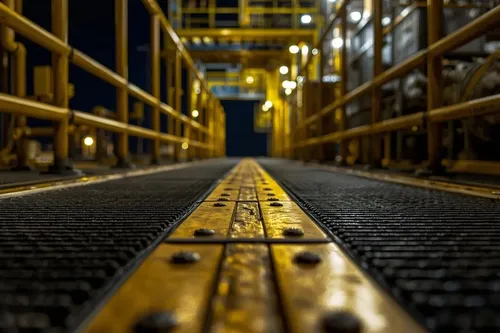
IR3 LED C1D2 facility platforms and walkways, West Virginia
Standardized linears reduced failures and improved inspection speed across routes.
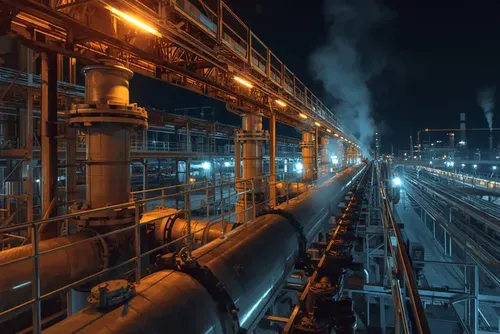
IR4 LED C1D1 chemical plant addition, North Carolina
Explosion proof linears met UL844 with uniform process area illumination.
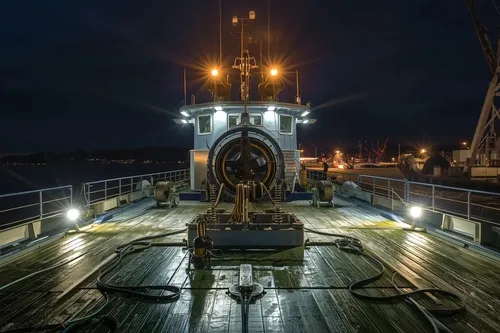
Marine rated LED flood workboat deck lighting, Alaska
Deck and crane areas gained clear white light and instant starts in cold.
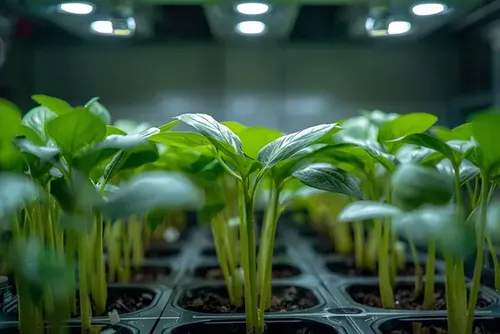
NSF food processing LED high bay and vapor tight, Alabama
Hygienic fixtures improved visibility and washdown durability across production zones.

